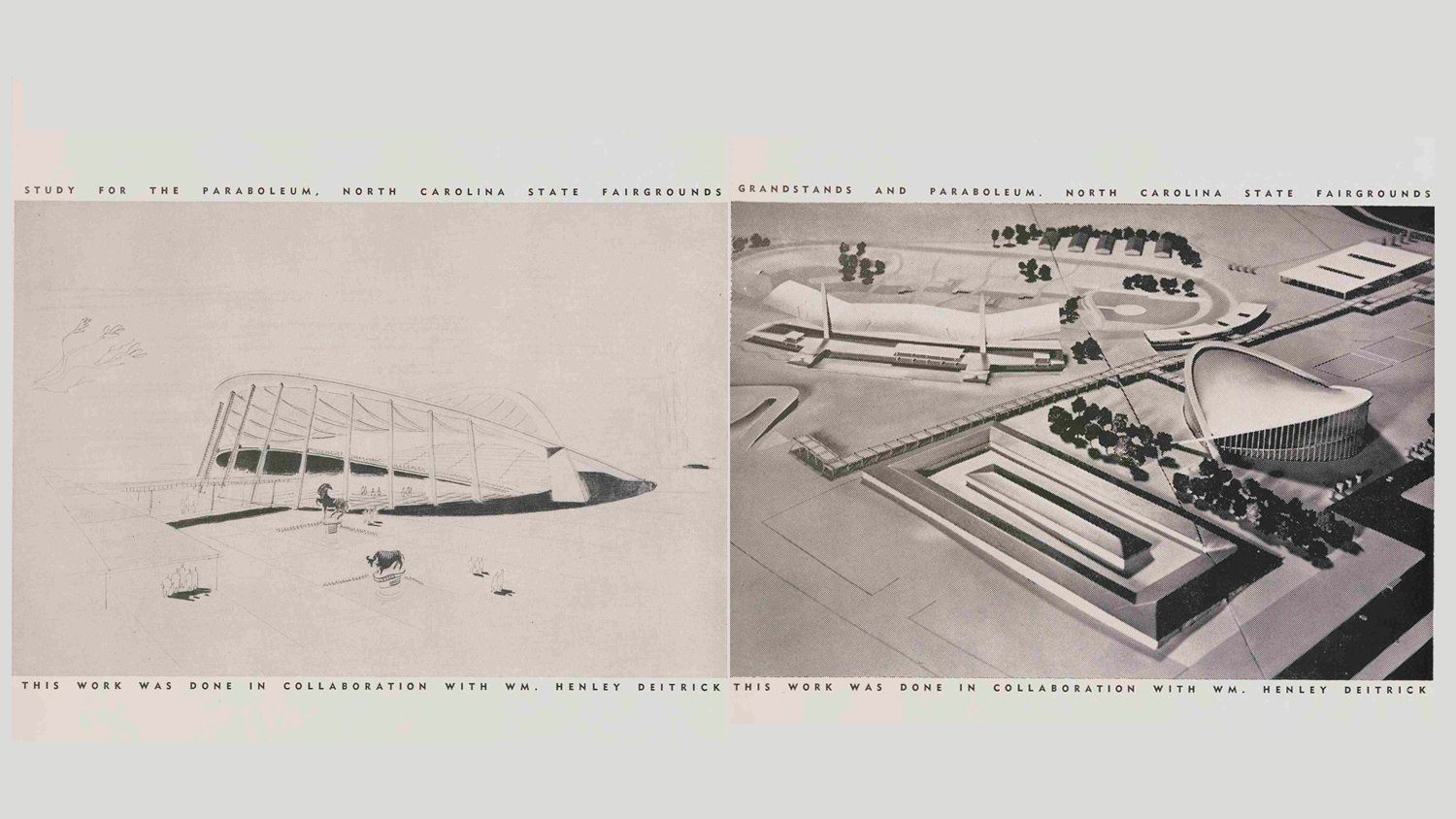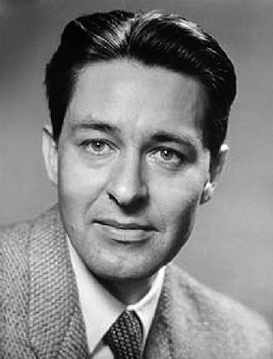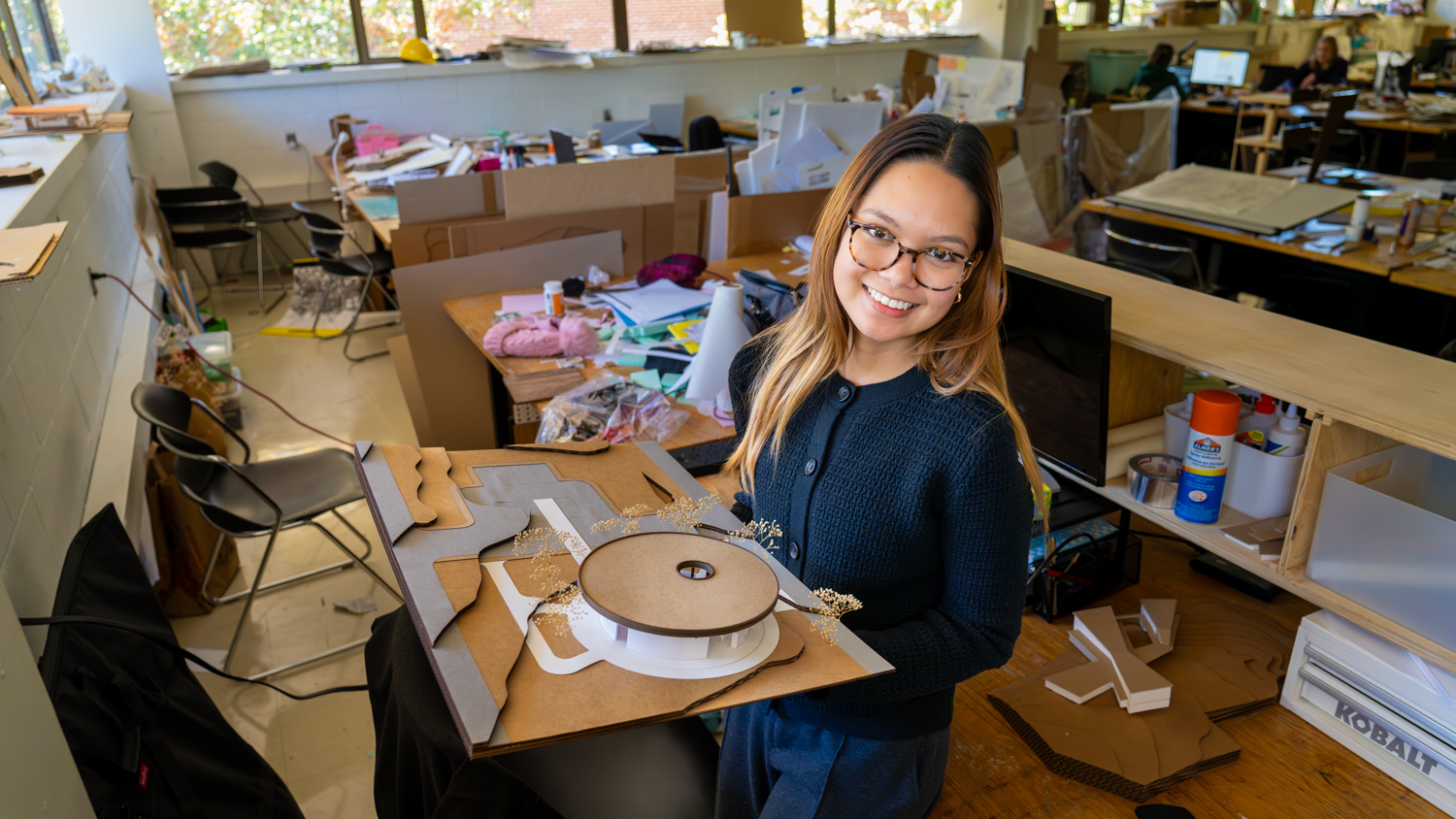From Tragedy, a New School Found Its Voice
The first issue of The Student Publication of the School of Design paid tribute to the school’s first head of architecture, Matthew Nowicki, after his untimely death. Uplifted by his pioneering spirit, his students chose to carry it forward.

“Name a prophet who brought men a new hope. Name an artist who pictured the ineffable. Name a scientist who banished the mysteries. And you call my name.”
With these words in his prologue to the first issue of The Student Publication of the School of Design, student editor James L. Brandt captured the metaphorical “first man,” a visionary whose bold ideas go on to shape the hearts and minds of many.
Brandt was also describing the man whose life and achievements had inspired that publication: the School of Design’s first head of architecture, Maciej “Matthew” Nowicki.
Honoring a Luminary

Published in the winter of 1951, the first issue of The Student Publication was conceived in the wake of tragedy. The year before, Nowicki — who’d been commissioned by officials in India to help design a new state capital, Chandigarh — was traveling home to Raleigh after months working abroad when the airliner he was on crashed in the Egyptian desert, killing all aboard.
Nowicki had been a light in the dark for many. As a Polish architect brimming with both creative and humanitarian zeal, he’d helped redesign a devastated Warsaw after World War II.
In a tribute to Nowicki included in The Student Publication’s first issue, the prominent architect Lewis Mumford wrote: “Few architects anywhere could match him in his adventurousness and gaiety, his open-eyed daring, his fertility of invention, his unflagging discipline, his deep sense of duty, above all, in the humility that is given only to great genius.”
After helping to rebuild his homeland, Nowicki served the Polish state in New York City as a proponent of postwar international cooperation, before political upheaval in Poland forced him and his family to make their home in the United States. In 1948, when Nowicki joined the faculty of the new School of Design with his wife, fellow architect Stanislava Nowicki, his warm presence and trailblazing attitude made him a favorite of many students.
It was that spirit that Nowicki’s pupils chose to carry forward with The Student Publication.
Carrying the Light
In an essay Nowicki penned before his death, “On Exactitude and Flexibility” — also featured in The Student Publication’s first issue — he described the balance he believed all creators should strive toward, between established structure and groundbreaking transformation. The strength of a growing society, he argued, was rooted in its ability to sustain in its maturity a youthful “freshness” fueled by “creative sensitivity to the eternally changing circumstance.”
Much of the first edition of The Student Publication was devoted to Nowicki’s sketches for two of his postwar projects: his collaboration with American architect Albert Mayer on the design for the planned Indian city of Chandigarh, and his commission to create new designs and improve existing structures at the North Carolina State Fairgrounds.
The sketches — of houses and courtyards, civic centers and grandstands — showcase the dynamism behind Nowicki’s virtuosity. One featured building, with a design so unusual it called for the invention of a new word — “paraboleum” — will look familiar to Raleighites. It rose to life at the State Fairgrounds in 1952, the year after The Student Publication debuted, as the slant-roofed and saddle-shaped J.S. Dorton Arena.
Perhaps even more illustrative of the man than his designs or his words were the words of Nowicki’s collaborators.
“His bubbling humanity never failed him in even the most distressing and frustrating situations,” wrote Mayer, his partner on the problem-plagued Chandigarh project. Mayer had often witnessed Nowicki’s rare talent for smoothing over misunderstandings and repairing relationships with empathy and wit.
It’s little wonder that Nowicki’s students chose his example to light the way for future editions of The Student Publication, which would soon grab the design world’s attention as a notable platform for youthful innovation.
“The School of Design is dedicated to producing not just architects, but well-developed citizens,” wrote the publication’s editors in closing the first edition. “It seems to us that the magazine of its students should lead in that direction.”
See Covers of Past Student Publications
__________________
Read other stories from our 75th anniversary.
- Categories:


